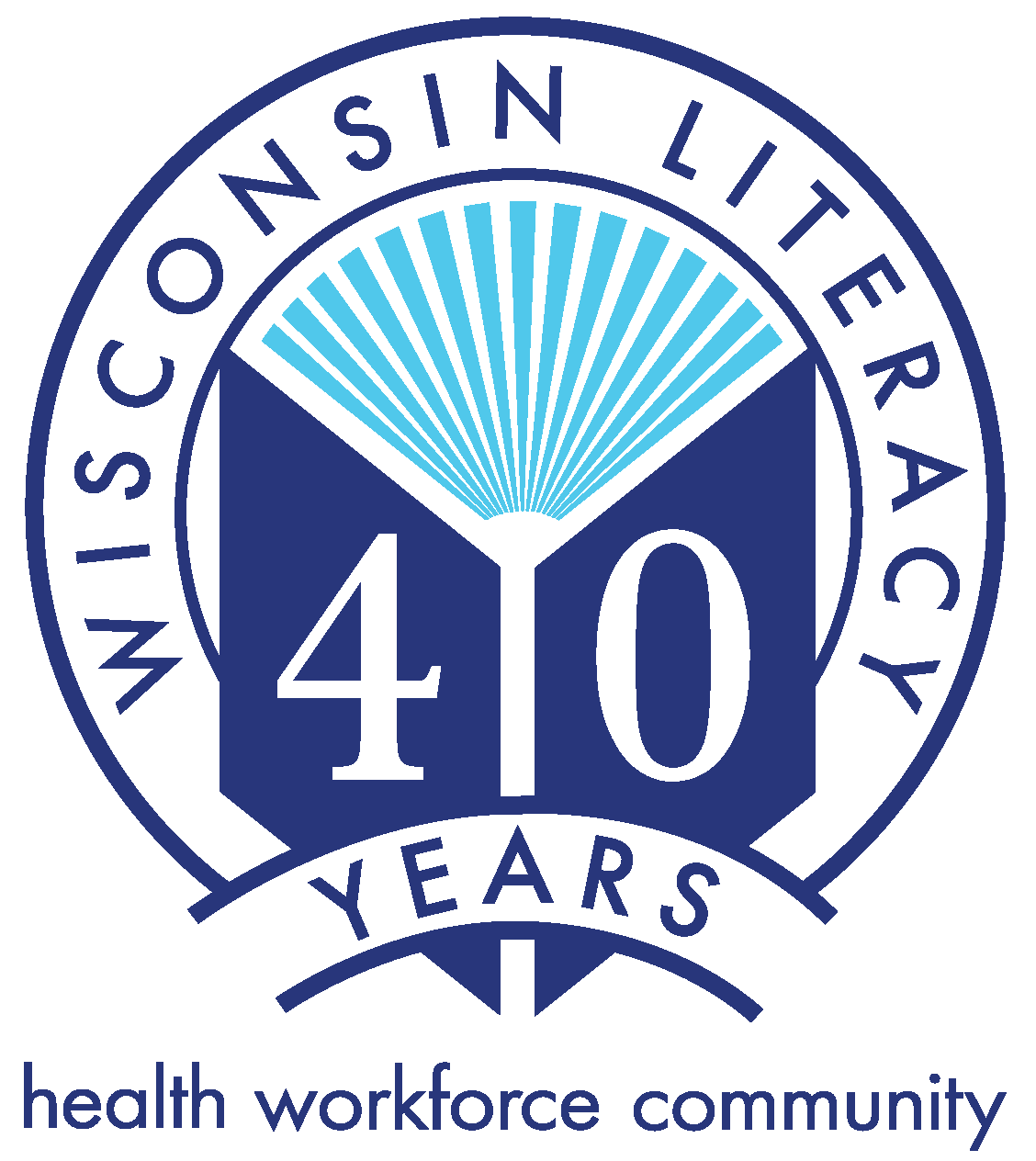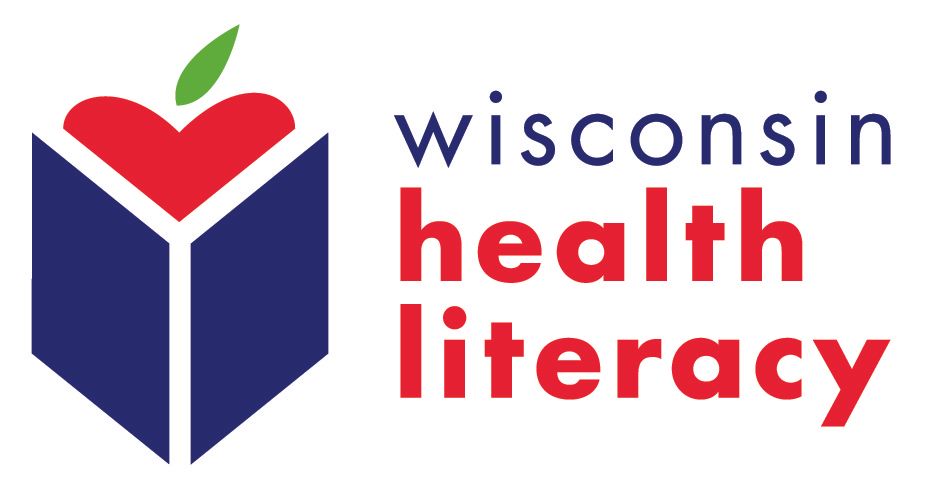Family Literacy
Family literacy programs combine:
- adult literacy education
- early childhood education
- parenting education
Family literacy programs support the idea that parents are their children's first and most important teachers.
Goals:
- Children become successful in school.
- Adults develop literacy skills.
- Parents "become full partners in the educational development of their children.“
What does a family literacy program look like?
Parents and children learn together. Family literacy programs integrate:
Adult Education
Parents study basic skills (ABE, ELL, GED) and life skills (financial, health, computer literacy, etc.).
Parents advance skills to:
- support their child’s education
- continue their own education
- improve their employment
In addition to literacy and communication skills, parent education can include numeracy and basic math (read growth charts, report cards and help with homework).
Early Childhood Education
Children (usually birth through age 8) become better prepared for success in school, highlighting physical, social-emotional and cognitive development.
- Age-appropriate education to prepare kids for success in school
- Often requires collaboration with other community groups
Parent education
Parents learn strategies to support their children’s learning and education and to be effective advocates and role models.
- Build on a family’s strengths to enhance parenting skills.
- Teach parents about the American school system.
- Help parents understand how they help their kids to succeed
- Talk (in any language)
- Read (in any language)
- Learn how children develop and learn
- Be excited about school
Interactive parent and child time
Meaningful parent-child interactions focused on language and literacy development.
Often called “PACT Time” – Parent and Child Together -- parents and children learn and play together.
- Parents and children play, make crafts, read and prepare a snack
- Literacy providers support parent-child interactions
- Activities include families’ native languages
- Activities celebrate culture and parent strengths
- Group time begins or ends with a story (model reading strategies)
- Parents share their experiences after the activity
Home visits
Literacy instruction is delivered in a familiar setting and emphasizes that parents are the child’s first and most important teacher.
Resource:
http://literacy.kent.edu/familyliteracy/whatisit.html
Why should we consider a Family Literacy program?
The single most significant predictor of a child’s literacy level is the mother’s literacy level.
Family literacy programs:
- meet the goal many adult learners have to help their kids more.
- help create a family tradition of reading and learning at home.
- open the door for community partnerships.
- help parents become more confident
- interacting with their children’s teachers.
- often receive very positive community response for fundraising efforts.
Resources:
Reach out and Read: http://www.reachoutandread.org/our-story/why-reach-out-and-read/
How do we get started?
Consider:
- Is there a community need?
- What are the goals of a family literacy program (agency and learner)?
- What resources (expertise, stakeholders, partners, materials) do you have?
- What support would you need (i.e. child education)?
- Do you have current partners you can help?
- What partnerships would you need to develop?
- Have you done a needs assessment?
- What do parents want to learn? (nutrition, school system, etc.)
- What do parents need to do? (school registration, conferences, etc.)
- Are parents receiving this support elsewhere?
Resources:
Goodling Institute and National Center for Family Literacy
MotherRead and curriculum: http://www.motheread.org/
"Parents as Educational Partners," a family literacy curriculum: www.thecenterweb.org/alrc/family-pep.html#about

